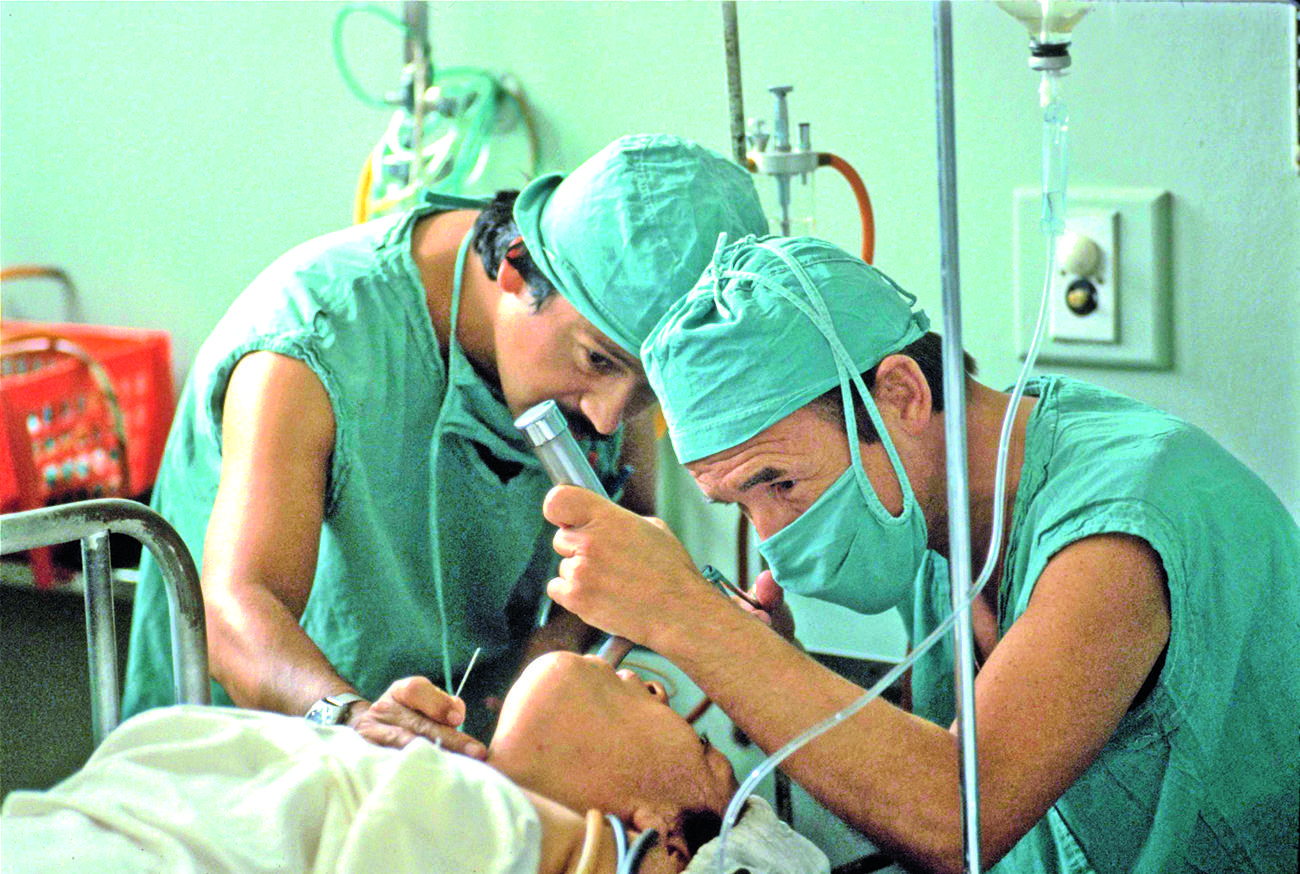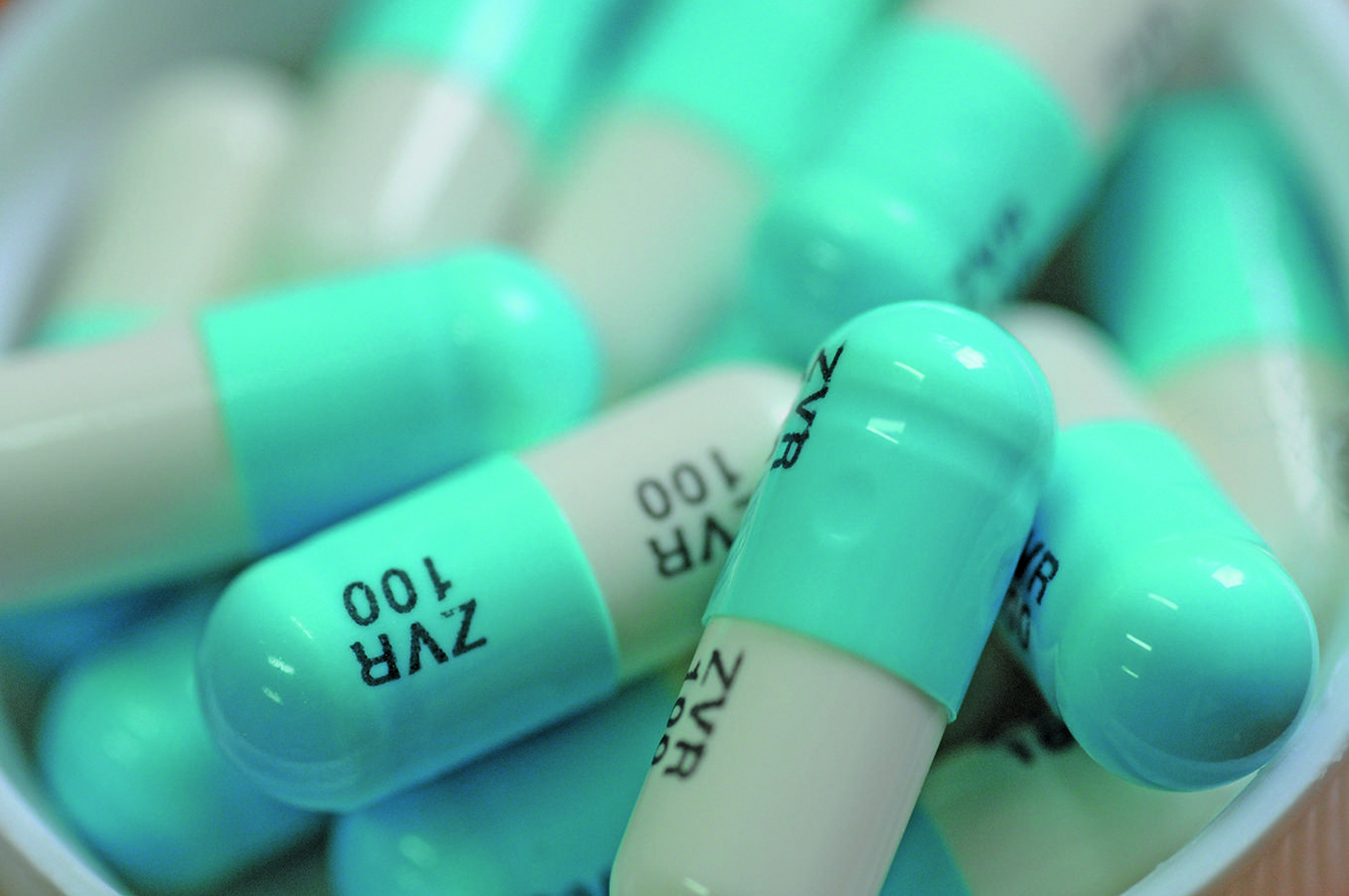Abstract
The BRICS countries are keen to provide health services universally, but given the bewildering choice of new medicines and medical devices, health technology assessment has become an essential tool. Claire Keeton reports.
South Africa has set itself the goal of providing universal coverage of health-care services by 2025, with its National Health Insurance system that is being rolled out over 14 years. The challenges are familiar in other low and middle-income countries that have set themselves similar ambitious goals.
For Malebona Precious Matsoso, the director-general of the South African National Department of Health, the success of the project relies on improving the scope and quality of public services, and on making the most of scarce public resources.
“Technology will play a major role in improving outcomes and the delivery of services, but can be costly,” she writes in the South African Medical Journal in March 2013. “A rigorous, independent mechanism to assess the cost–effectiveness of new technology is required, building on experience of other countries.”
In 2011 WHO Member States committed themselves to developing their health financing systems as the basis for universal health coverage and this goal has been underscored by the BRICS countries – Brazil, the Russian Federation, India, China and South Africa – at their annual health ministers’ meetings since 2011.
These countries are realizing that without a system to weigh up the benefits and costs of medicines, vaccines, diagnostics and new equipment, costs can soon spiral out of control. That is where health technology assessment comes in.
Health technology assessment is a way of weighing up the benefits and costs of two or more health-care options to see which is the best in the given situation.
Health technology has its roots in the wealthy industrialized countries, but in the last two decades the approach has taken root in many emerging and developing economies. The International Network of Agencies for Health Technology Assessment has 57 members in 32 countries. One of these is Brazil – a country struggling to maintain universal provision of health-care services, since it rolled out its unified health system (SUS) in 1988, given that new health-care options are constantly coming on to the market.
Among middle-income countries, Brazil is a pioneer in the field. It established its health technology unit in 2003. The National Commission for the Incorporation of Technologies, known by its acronym Conitec, produces studies comparing technologies as well as guidelines for clinical practice and lists of drugs to be reimbursed, according to Conitec President Dr Clarice Alegre Petramale.
Conitec has done hundreds of evaluations, she says. About 65% of them have been of new drugs and the rest of medical devices. As a result, 85 new technologies were adopted by Brazil’s public health system over the last two years.
India has rolled out its National Health Mission aiming for universal health coverage, while China has set itself the goal of achieving universal coverage of health-care services by 2020. Both countries – the two most populous in the world – regard technology assessment activities as vital to supporting this goal.
For the Russian Federation, the challenge has been to maintain the universal access to health services already provided. Dr Svetlana Axelrod, Deputy Director of the Department of International Cooperation and Public Relations at the health ministry in Moscow, says: “Our health technology assessment system evaluates a range of new health technologies, including medicines, equipment, quality assurance systems and cell technologies.”
“Rational and efficient use of financial resources are vital for the efficiency of the health system, its organization and management,” Axelrod says.
Adriana Velazquez Berumen, from the WHO medical devices unit in the Essential Medicines and Health Products Department, agrees: “It’s about getting the data and evidence on technologies required for better health service delivery.”
“Countries cannot purchase everything and so they have to decide which currently available technologies they need and can afford,” she says.
Health technology assessment was recognized as an essential element of all health systems in a resolution considered by the World Health Assembly last month, where a briefing and side-event presenting the topic to WHO’s Member States were also held.
By adopting this approach, the savings to health systems can be huge and, often, a study done in one country can be shared by others.
For example, when comparing drugs that are used to treat type 2 diabetes, a recent report by the Canadian Agency for Drugs and Technologies in Health (CADTH) showed that there was no significant difference in blood glucose lowering between sulfonylureas and other second-line medicines, for example, gliptins.
Sulfonylureas were shown to be the best value for money, and sulfonylureas can cost as little as a tenth of the price of other second-line medicines.
“Countries cannot purchase everything and so they have to decide which currently available technologies they need and can afford.”
Adriana Velazquez BerumenWHO is running workshops in countries to provide training in health technology assessment and it encourages countries with similar problems to publish information gained from their assessments and to share their expertise.
“In Brazil we always do our own evaluations, but we always look at how these technologies have been evaluated by NICE (National Institute for Health and Care Excellence in the United Kingdom), CADTH and Australia’s health ministry, and this information is included in our assessment,” says Petramale, referring to three of the most established health technology assessment agencies in the world.
India also takes into account health technology assessments done in other countries since most national and international agencies “undertake fairly good assessments of technologies,” says Dr Jitendar Sharma, head of the division of Healthcare Technology in the National Health Systems Resource Centre (NHSRC), a technical support institution under the Ministry of Health and Family Welfare.
Sharma explains that fresh scientific evidence may mean that a new evaluation comparing competing technologies may be necessary when, for example, new data emerge from clinical trials that were not included in previous assessments.
With technical support from the WHO Country Office for India, the NHSRC in collaboration with the Healthcare Technology Innovation Centre has trained 200 professionals in health technology assessment, as part of three fellowship programmes while two more programmes are planned this year, he says.
India’s health-care technology division at the NHSRC has a specific focus on medical devices “given the dearth of evidence-based data around these compared to other technologies such as drugs,” Sharma says.
In China, the national plan for health-care reform has put special emphasis on making appropriate, cost–effective and essential health care and technology available to all people in the country, according to Professor Yingyao Chen, who is the deputy director of National Key Laboratory of Health Technology in Fudan. He believes that health technology assessment has great potential to contribute to this reform.
“There are some health technology assessment centres at academic institutions in China. In the last 20 years, these activities have grown and become part of the health-care reform process,” Chen says. “However, health technology assessment activities seem to be fragmented and inconsistent because we don’t have a national health technology assessment governing structure and system – although this is something the central government is trying to establish in the near future.”
Compared to its fellow BRICS countries, South Africa is the newcomer to the field. Its National Health Laboratory Service set up a health technology assessment unit in 2012 at the University of the Witwatersrand and scientists are considering several areas that could be ripe for this approach.
In Brazil, key health policy decisions, such as which medicines to make available through the national health system and at what price, are based on health technology assessments. “Conitec has 13 representatives who meet every month to make recommendations based on various health technology assessments, the vast majority are followed by the health minister,” says Dr Alexandre Lemgruber, former head of Brazil’s health technology assessment unit at the Brazilian Health Surveillance Agency and regional adviser on health technologies in the Pan American Health Organization (PAHO) since 2011.
“Health technology assessment is becoming increasingly important for decision-making.”
Alexandre Lemgruber“Health technology assessment is becoming increasingly important for decision-making,” Lemgruber says. “In the context of limited resources, all countries are facing this challenge – even richer countries. Health care and especially new health technologies are expensive and without a decision-making process with strong criteria in place, there cannot be an efficient system of allocation.”

 WHO
WHO WHO
WHO